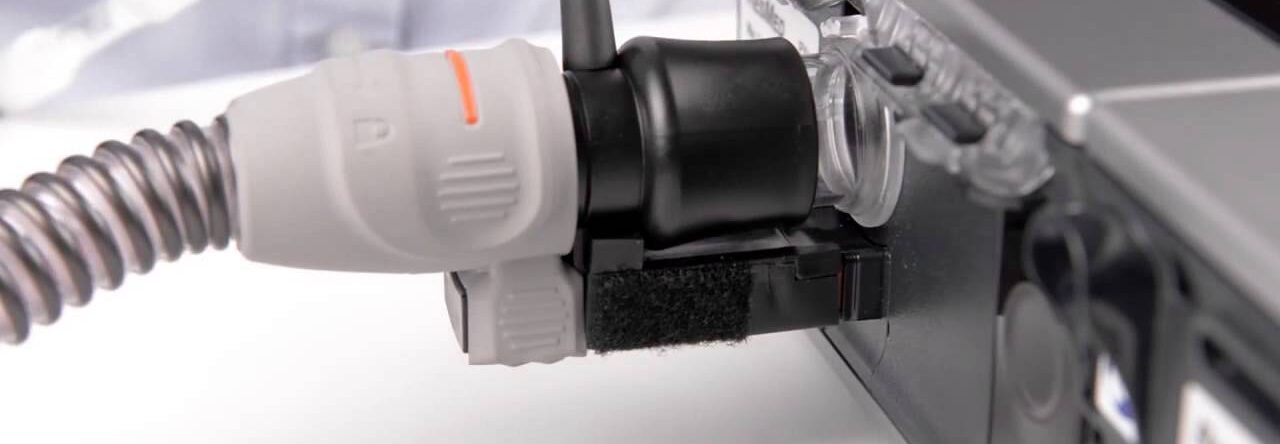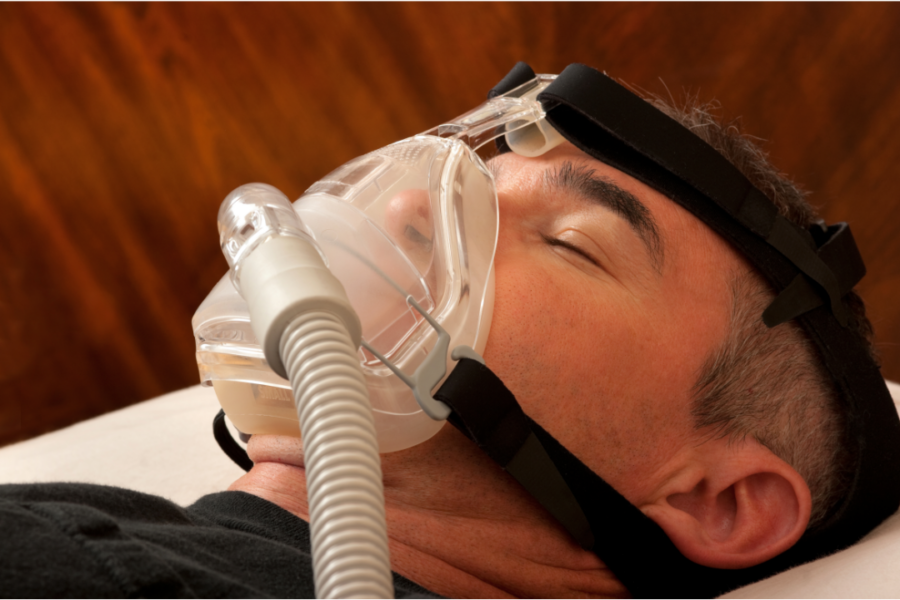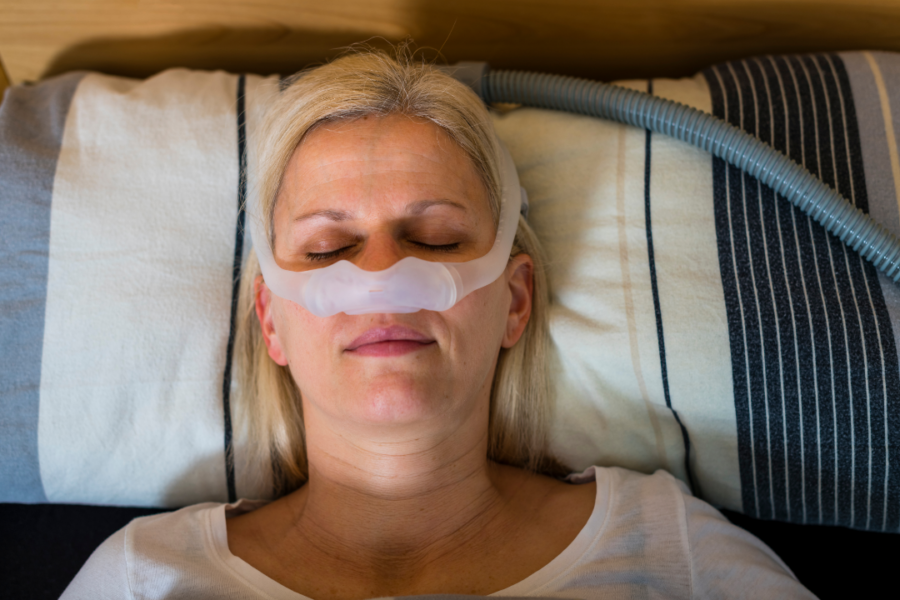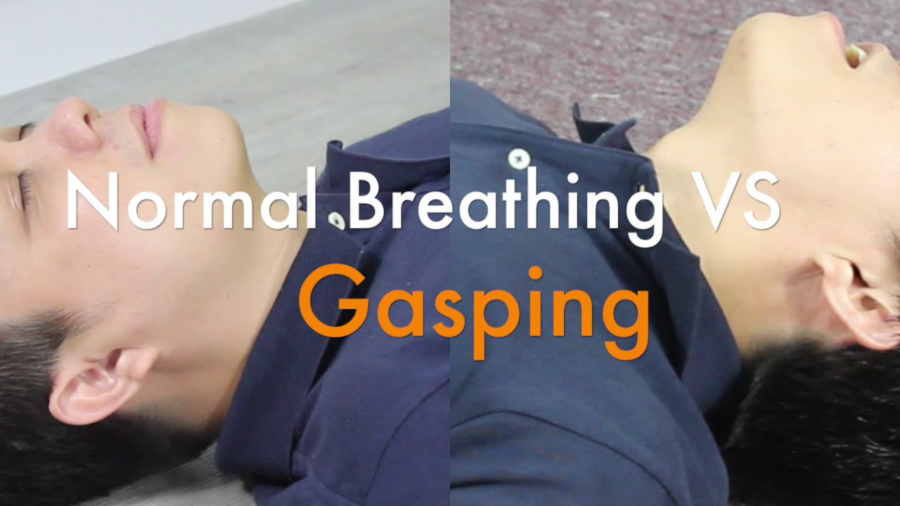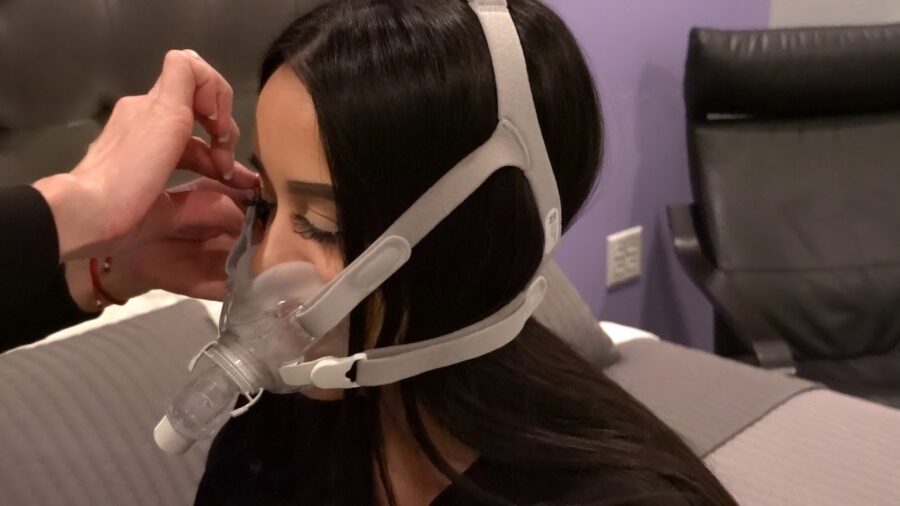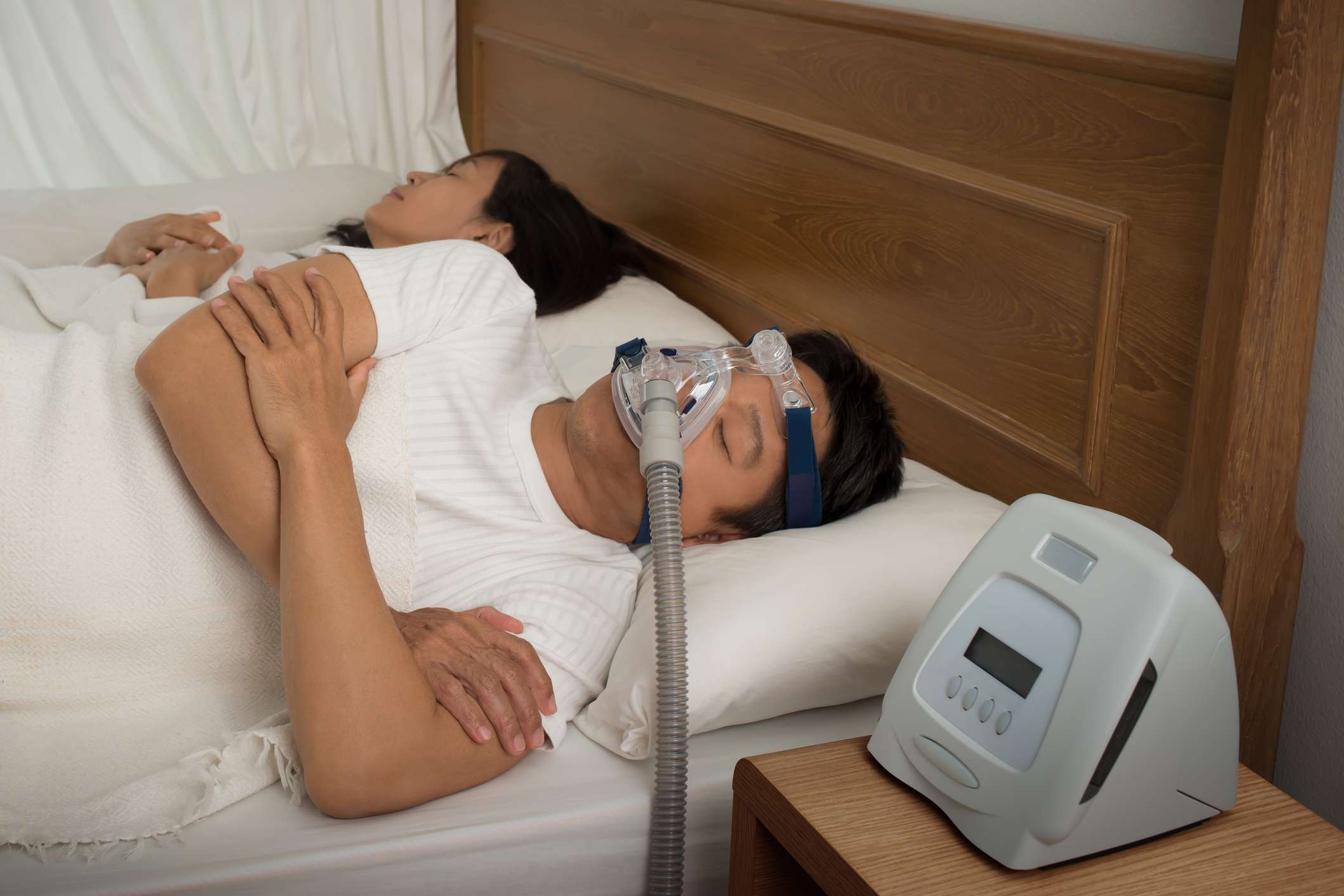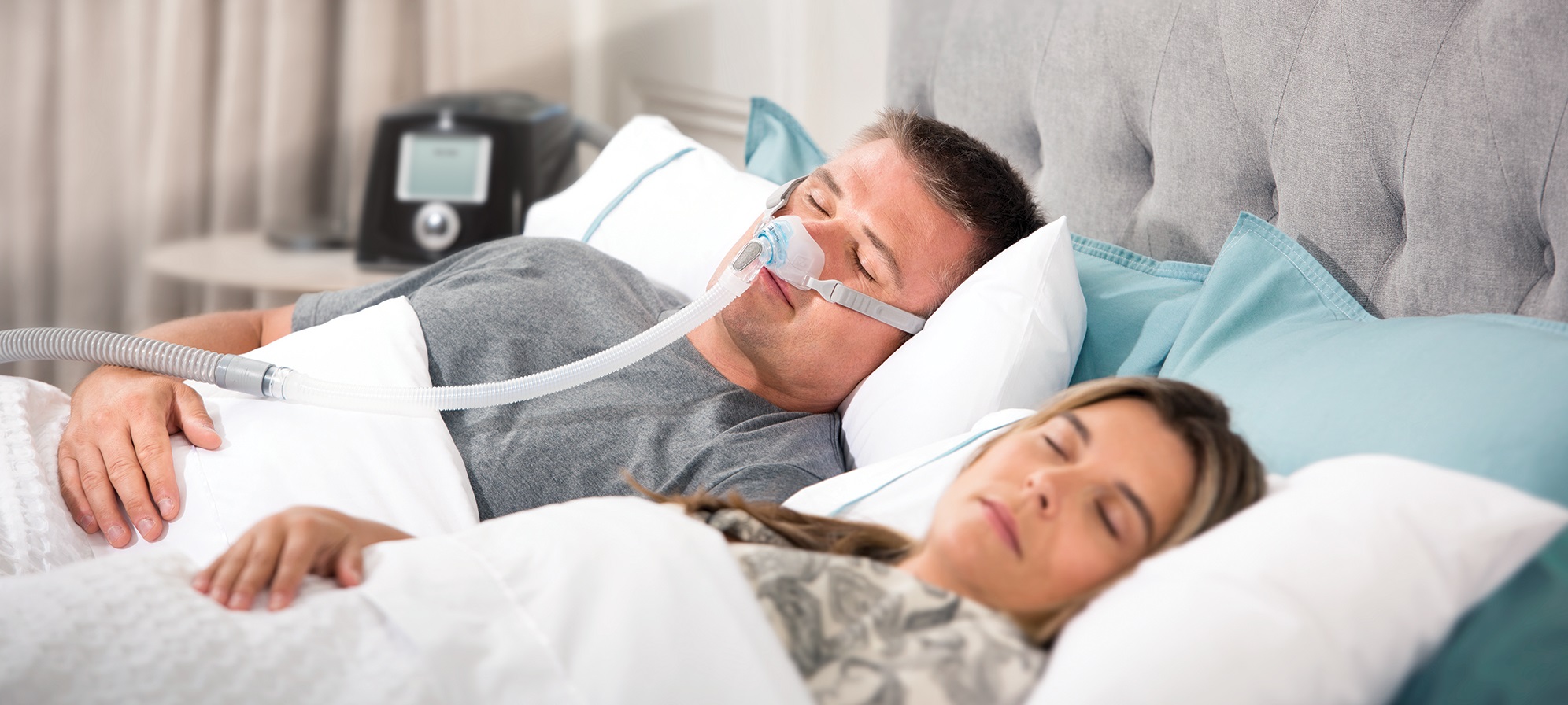ResMed is a leading manufacturer of masks for sleep apnea treatment. The company’s design philosophy focuses on creating products that offer a perfect balance between comfort and efficiency. This article examines the principles that guide ResMed’s mask design and explores the impact of their philosophy on the industry.
Understanding the ResMed Design Philosophy
Central to ResMed’s design philosophy is the understanding that comfort is paramount. When it comes to masks used for sleep apnea therapy, comfort directly affects patient compliance and overall treatment effectiveness. ResMed believes that comfort should not be compromised even if it means sacrificing some efficiency. As a result, ResMed masks are engineered to provide a superior level of comfort compared to other options available in the market.
The Importance of Comfort in ResMed Masks
ResMed understands that patients wear masks for several hours each night. Therefore, the company designs masks that are lightweight, ergonomic, and made from soft materials. These factors ensure a snug fit, reducing the chance of leaks and pressure points on the face. ResMed also takes into account different face shapes and sizes, offering a variety of mask designs to cater to individual needs.
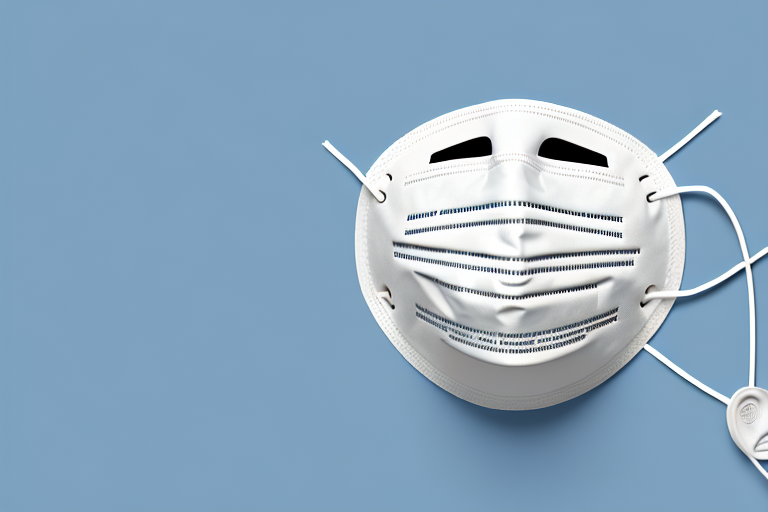
In addition to physical comfort, ResMed masks are designed to provide emotional comfort to users. The masks are aesthetically pleasing and non-intimidating, helping patients feel more at ease during the sleep therapy process. By prioritizing user comfort, ResMed encourages better adherence to treatment, ultimately leading to improved patient outcomes. Know more about Tackling Common Issues with ResMed Masks: Leakage, Fit, and More by visiting https://thecholesterollie.com/tackling-common-issues-with-resmed-masks-leakage-fit-and-more/
Furthermore, ResMed understands that comfort extends beyond the physical aspects of the mask. They have conducted extensive research to ensure that the materials used in their masks are hypoallergenic and gentle on the skin. This attention to detail reduces the likelihood of skin irritation or allergic reactions, further enhancing the overall comfort experienced by users.
ResMed also recognizes that comfort is not a one-size-fits-all concept. Different individuals have different preferences and needs when it comes to mask comfort. To address this, ResMed offers a range of customization options, allowing users to adjust the fit, headgear, and cushion type to their liking. This level of personalization ensures that each user can find the perfect balance between comfort and effectiveness.
Efficiency: A Key Aspect of ResMed Design
While comfort is vital, ResMed acknowledges the significance of efficiency in mask design. Efficient masks ensure optimal therapy delivery, reducing the chances of treatment failures. ResMed achieves efficiency by incorporating advanced features into their masks.
One such feature is the dual-wall cushion, which creates an effective seal and minimizes leaks. The cushion design evenly distributes pressure, reducing discomfort and maximizing therapy effectiveness. ResMed also utilizes exhalation ports to minimize exhaled carbon dioxide re-breathing, enhancing the overall efficiency of the mask.
Additionally, ResMed’s masks are designed with ease of use in mind. They feature intuitive headgear and adjustment mechanisms, allowing users to quickly and effortlessly find the perfect fit. This simplicity not only enhances the user experience but also ensures that the masks can be easily integrated into the daily routine of sleep apnea patients.
ResMed’s commitment to efficiency extends beyond the design of their masks. They also prioritize the development of innovative technologies that work in harmony with their masks. For example, ResMed’s AirSense™ devices are designed to seamlessly integrate with their masks, providing accurate therapy data and real-time feedback to both users and healthcare professionals. This integration ensures that the masks and devices work together to deliver the most efficient and effective sleep apnea therapy.
In conclusion, ResMed’s design philosophy revolves around the understanding that comfort and efficiency are equally important in mask design. By prioritizing user comfort and incorporating advanced features, ResMed masks provide a superior level of comfort and therapy effectiveness. With their commitment to continuous improvement and innovation, ResMed continues to lead the way in sleep apnea therapy, ultimately improving the lives of countless individuals worldwide.
The Evolution of ResMed Mask Design
Over the years, ResMed has continuously refined their mask designs to meet evolving customer needs. Understanding the early years of ResMed mask design is essential to appreciate the present innovations. Also, Find more about Resmed airsense 10.
The Early Years of ResMed Mask Design
In the early stages, ResMed focused on developing masks that were comfortable and easy to use. They incorporated innovative features like adjustable headgear, ensuring a personalized fit for users. This early focus on user comfort laid the foundation for ResMed’s design philosophy.
ResMed’s commitment to user comfort led them to experiment with different materials and cushioning technologies. They conducted extensive research to understand the pressure points on the face and how to alleviate them. Through this research, ResMed introduced the concept of an UltraSoft cushion, which provided a gentle and plush feel against the skin. This breakthrough innovation revolutionized the mask industry, setting a new standard for comfort. Know more about How is sleep apnea diagnosed and treated?
Furthermore, ResMed recognized the importance of a secure fit to prevent leaks and ensure effective therapy. They introduced a flexible frame that could adapt to different facial contours, eliminating the need for multiple sizes. This innovative design allowed users to achieve a personalized fit without compromising comfort.
Modern Innovations in ResMed Masks
Today, ResMed continues to push the boundaries of mask design with their innovative products. One such innovation is the AirFit range, which features an UltraSoft cushion and a flexible frame. This combination provides a comfortable yet secure fit, eliminating the need for overtightening. The AirFit series also includes magnetic headgear clips, making the mask easy to put on and take off.
ResMed’s dedication to improving therapy outcomes led them to integrate data tracking capabilities into their masks. This groundbreaking feature allows patients and healthcare providers to monitor therapy progress in real-time. The masks are equipped with sensors that collect data on factors like mask fit, leak rates, and usage patterns. This data is then transmitted wirelessly to a companion app or a healthcare provider’s portal, providing valuable insights for optimizing treatment.
Furthermore, ResMed leverages artificial intelligence and machine learning algorithms to analyze the collected data. These algorithms can detect patterns and trends, helping healthcare providers identify potential issues and make necessary adjustments to enhance therapy outcomes. This data-driven approach has revolutionized the way sleep apnea is managed, allowing for personalized and precise treatment plans.
In conclusion, ResMed’s journey in mask design has been marked by a relentless pursuit of user comfort and therapy effectiveness. From their early focus on adjustable headgear and personalized fit to their modern innovations like the AirFit range and data tracking capabilities, ResMed has consistently pushed the boundaries of what is possible in mask design. As they continue to evolve, ResMed remains committed to improving the lives of sleep apnea patients through innovative and effective mask solutions.
The Role of Technology in ResMed Masks
ResMed, a leading manufacturer of sleep apnea masks, recognizes the pivotal role that technology plays in enhancing both comfort and efficiency in mask design. With a commitment to innovation, ResMed continually explores technological advances to improve their products and provide the best possible experience for their users.
Technological Advances in Comfort
One notable technological advance that ResMed has incorporated into their masks is the use of memory foam. This revolutionary material has transformed the way masks fit and feel on the face. Memory foam molds to the individual’s facial contours, providing a personalized fit and exceptional comfort. By adapting to the unique shape of each user’s face, ResMed masks with memory foam create a secure seal that minimizes air leaks and ensures effective therapy throughout the night.
Furthermore, the use of memory foam in ResMed masks helps to alleviate pressure points that can cause discomfort and skin irritation. By distributing pressure evenly across the face, this innovative material enhances the overall comfort experience, allowing users to sleep soundly and wake up feeling refreshed.
How Technology Enhances Efficiency
ResMed understands that efficiency is a crucial aspect of mask design, as it directly impacts the effectiveness of sleep apnea therapy. To optimize efficiency, ResMed harnesses technology to streamline the user experience and simplify the therapy process.
One example of this is the incorporation of SmartStart technology in ResMed masks. This intelligent feature automatically initiates therapy when the patient puts on the mask. Gone are the days of manually adjusting settings or pressing buttons to start the therapy session. With SmartStart, users can simply put on their mask, and the therapy will begin seamlessly. This not only saves time but also eliminates any potential confusion or frustration that may arise from manual settings, ensuring a hassle-free experience for the user.
In addition to SmartStart, ResMed masks also utilize advanced algorithms and sensors to monitor and adjust therapy settings in real-time. These technological advancements enable the masks to adapt to the user’s breathing patterns, ensuring optimal air pressure delivery throughout the night. By continuously optimizing therapy settings, ResMed masks provide effective treatment for sleep apnea, promoting better sleep quality and overall well-being.
As technology continues to advance, ResMed remains at the forefront of innovation in mask design. By embracing technological advancements, ResMed masks consistently deliver superior comfort and efficiency, helping individuals with sleep apnea improve their quality of life and achieve restful sleep.
The Future of ResMed Mask Design
ResMed is constantly looking ahead to predict the future of mask design and improve patient experience.
Predicted Trends in Comfort and Efficiency
The future of ResMed mask design is likely to focus on improving both comfort and efficiency simultaneously. Advances in cushion materials, such as temperature-regulating fabrics, will provide enhanced comfort during therapy. Furthermore, real-time monitoring and feedback systems will enable individuals to track their therapy progress, promoting active participation in sleep apnea treatment.
The Next Generation of ResMed Masks
ResMed is committed to ongoing research and development for their mask range. The company invests in understanding customer needs and incorporates their feedback into future designs. By engaging with patients, ResMed ensures that the next generation of masks meets the highest standards of comfort and efficiency.
The Impact of ResMed’s Design Philosophy
ResMed’s design philosophy has had a significant impact on the industry as a whole, driving advancements in mask design and patient care.
Patient Experience with ResMed Masks
ResMed’s customer-centric approach has resulted in positive patient experiences. Users report increased comfort, reduced leaks, and improved therapy adherence. By prioritizing user satisfaction, ResMed enhances the overall treatment journey for sleep apnea sufferers.
The Influence of ResMed’s Design on the Industry
ResMed’s commitment to the blend of comfort and efficiency has set a benchmark for other manufacturers in the industry. Their innovative designs and technological advancements have influenced the way masks are developed and continue to drive improvements across the sleep apnea treatment landscape.
In conclusion, ResMed’s design philosophy centers around creating masks that blend comfort and efficiency. By prioritizing user comfort without compromising on efficacy, ResMed provides patients with masks that enhance therapy delivery. Through continuous innovation and technological advancements, ResMed sets the stage for the future of mask design. Their impact on the industry is significant, driving improvements in patient experience and shaping the future of sleep apnea treatment.

